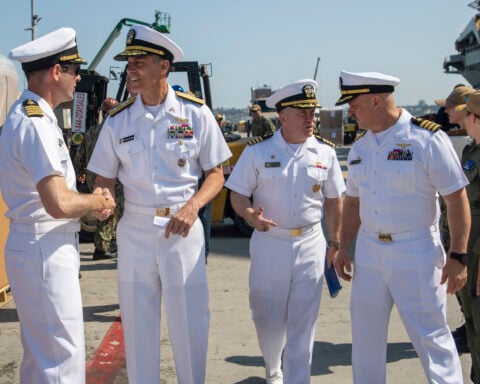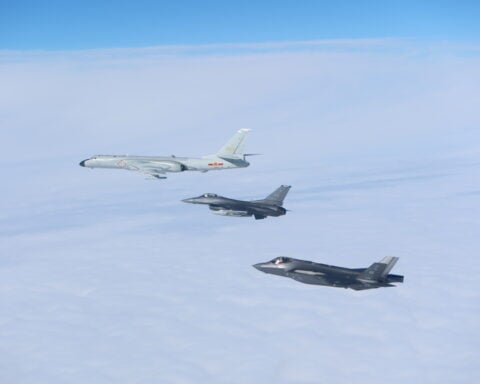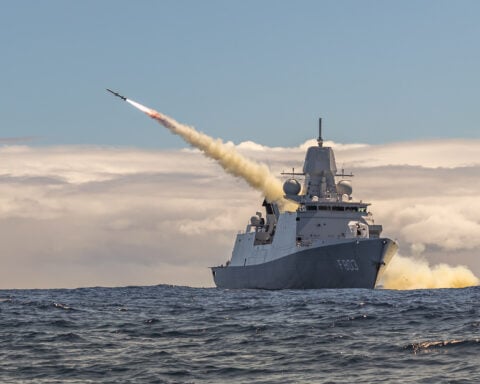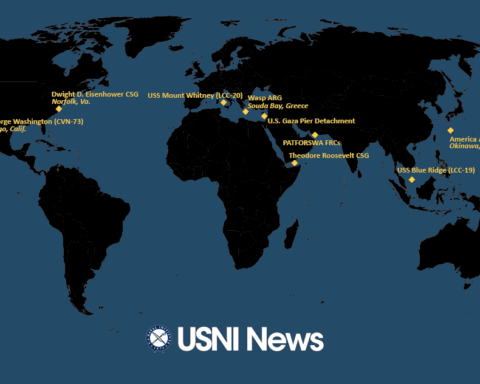The following is the Feb. 9, 2023, Congressional Budget Office report, Availability and Use of the F/A-18E/F Super Hornet Fighter Aircraft.
From the report
Than for the Rest of the Department of the Navy’s Fleet. Availability rates of Super Hornets
declined markedly between the mid-2000s and the mid-2010s; the older F/A-18C/D Hornets
experienced a longer and steeper drop. Both types of Hornets experienced sharper and steeper
drops in availability than the rest of the Department of the Navy’s fleet. Because the Super Hornet
is a newer aircraft, it has a higher availability rate, on average, than F/A-18C/Ds, which were
introduced in the late 1980s.
F/A-18C/Ds of the same age, the Super Hornet fleet has had lower availability rates. For example,
Super Hornet availability at age 10 was about 18 percentage points lower than F/A-18C/D
availability at age 10 and is comparable to F/A-18C/D availability at age 20. These findings
suggest that age has had a more adverse effect on Super Hornets than it did on F/A-18C/Ds.
faster than their predecessors because they are flying more and thus subject to greater wear and
tear? The data CBO analyzed do not support this hypothesis. Monthly flying hours of Super
Hornets modestly exceeded those of F/A-18C/Ds only in the initial years of operation of both
fleets. By age 10, however, Super Hornets were flying four fewer hours per month than 10-year old
F/A-18C/Ds flew.
oldest Super Hornets suggest that their availability is likely to continue to decline as the fleet ages.
A similar trend has been observed for many fighter and attack aircraft. But some fleets have had
lengthy periods with stable availability rates. Because the Super Hornet is a relatively new aircraft,
the Navy could take actions that might increase or stabilize the aircraft’s availability rate, such as
increasing funding for maintenance.
Download the document here.





